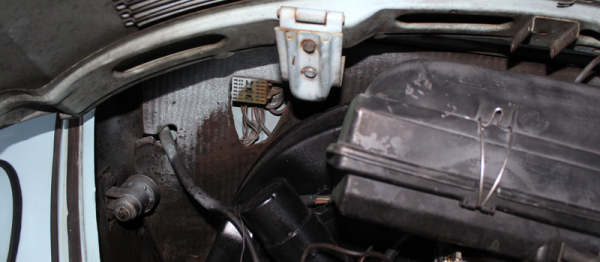Despite the presence of human drivers, modern cars are controlled by computers. In his talk at the Chaos Communication Congress [Guillaume Heilles] and [P1kachu] demonstrate the potential of taking control of a car’s computer. This of course leads to the natural conclusion of emulate an Xbox controller and using the car to play computer games.
His research was limited by the fact that the only cars they had access to were the daily drivers of different members of [P1kachu]’s family, which meant that all tinkering had to be strictly non-destructive. Despite this, they achieved impressive results and deliver a great introduction into reverse engineering.
[P1kachu] used a RasPi and an OBD-II adapter to access the car’s CAN bus and begins the presentation with a quick overview of the protocol. He then briefly touches on security measures that he ran into, which are optional and their implementation varies widely between manufacturers. His first attempt to access the CAN bus was successfully blocked by a challenge-response algorithm doing its work. His mother’s convertible however provided no such obstacles and gaining access allowed him to map the position of the steering wheel and pedals to a game controller, using the car to play video games.
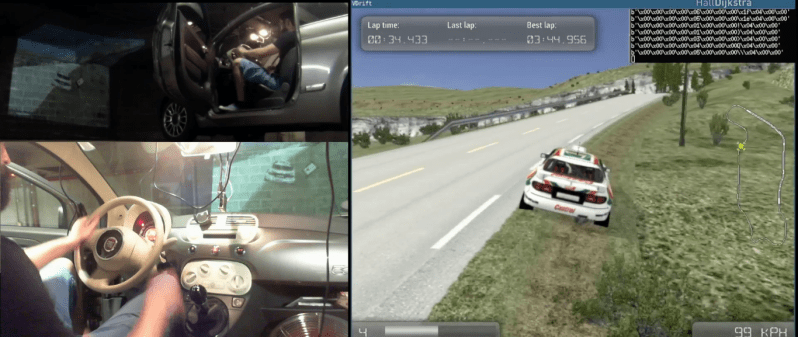
After this, [Guillaume] steps in and walks us through the teardown of a gadget that plugs into the OBD-II port and claims to do amazing things for your car’s mileage by reprogramming the ECU. The device was not brand specific and after having seen the variations in the ways different manufacturers implement the protocol, [Guillaume] and [P1kachu] doubted that the gadget was capable of even holding the information required to modify every known implementation out there. Listening to the output of the device, along with a quick analysis of the circuit followed by decapping the single chip they found, showed that their doubt was justified. The lecture closes with an extended Q&A that adds more information on car hacking. Those that don’t have access to a car can instead tear down hot glue guns, doppler modules or antique calculators.
Continue reading “34C3: Using Your Car As Video Game Controller”



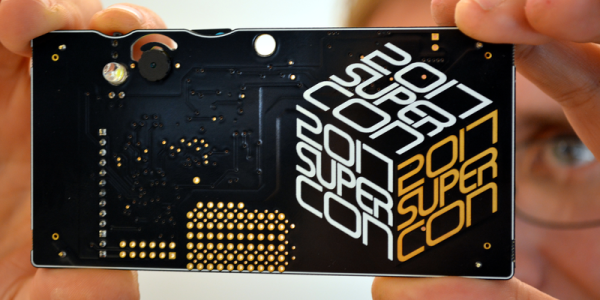
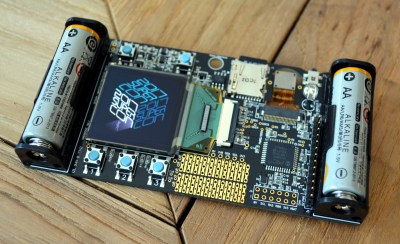
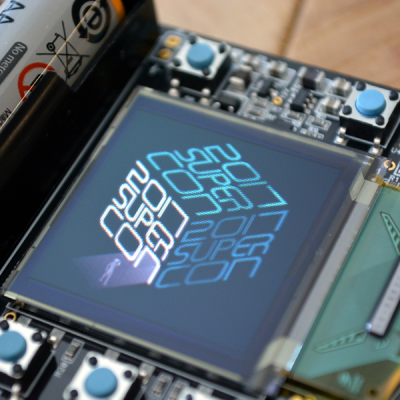 The Superconference is this weekend, and a few hundred Hackaday hackers will get their hands on this lump of open hardware. Something fantastic is certainly going to happen. If you couldn’t make it but still want to play along, now’s your chance!
The Superconference is this weekend, and a few hundred Hackaday hackers will get their hands on this lump of open hardware. Something fantastic is certainly going to happen. If you couldn’t make it but still want to play along, now’s your chance!

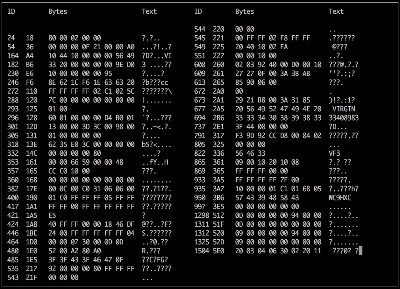 Adding the camera was the easiest part of the exercise when he found an after-market version specifically meant for his 207 model. The original non-graphical display had to make room for a new HDMI display and a fresh bezel, which cost him much more than the display. Besides displaying the camera image when reversing, the new display also needed to show all of the other entertainment system information. This couldn’t be obtained from the OBD-II port but the CAN bus looked promising, although he couldn’t find any details for his model initially. But with over 2.5 million of the 207’s on the road, it wasn’t long before [Alexandre] hit jackpot in a French University student project who used a 207 to study the CAN bus. The 207’s CAN bus system was sub-divided in to three separate buses and the “comfort” bus provided all the data he needed. To decode the CAN frames, he used an Arduino, a CAN bus shield and a python script to visualize the data, checking to see which frames changed when he performed certain functions — such as changing volume or putting the gear in reverse, for example.
Adding the camera was the easiest part of the exercise when he found an after-market version specifically meant for his 207 model. The original non-graphical display had to make room for a new HDMI display and a fresh bezel, which cost him much more than the display. Besides displaying the camera image when reversing, the new display also needed to show all of the other entertainment system information. This couldn’t be obtained from the OBD-II port but the CAN bus looked promising, although he couldn’t find any details for his model initially. But with over 2.5 million of the 207’s on the road, it wasn’t long before [Alexandre] hit jackpot in a French University student project who used a 207 to study the CAN bus. The 207’s CAN bus system was sub-divided in to three separate buses and the “comfort” bus provided all the data he needed. To decode the CAN frames, he used an Arduino, a CAN bus shield and a python script to visualize the data, checking to see which frames changed when he performed certain functions — such as changing volume or putting the gear in reverse, for example.
